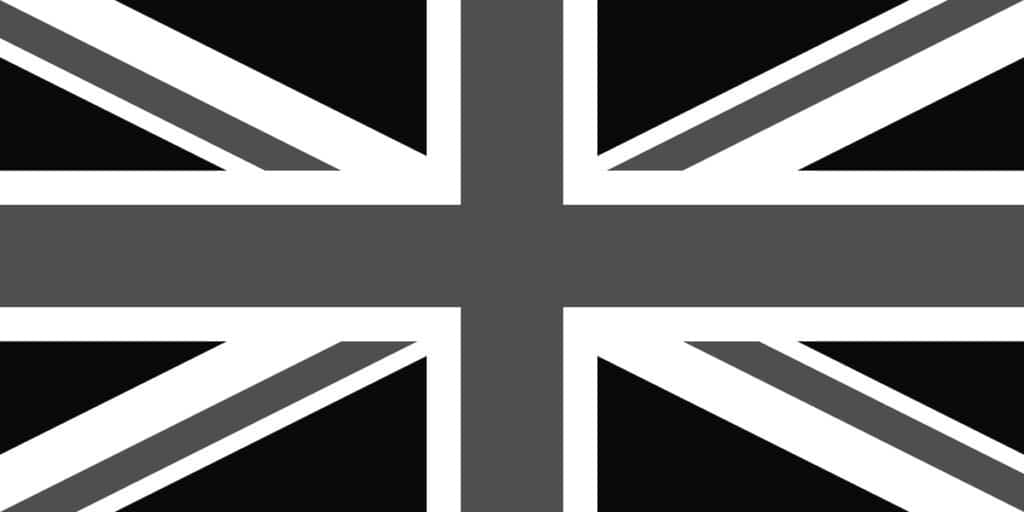Managing Your Personal Cash Flow?
Making a lot of money but have nothing to show for it. Dont take your eyes of your cash flow.

- By: Coins to Asset
- October 13, 2023
Understanding Your Personal Cashflow
Understanding your cash flow and managing your cash flow is a very important and yet very difficult money management skill. Cash flow refers to the net balance of inflows and outflows of cash and cash equivalents at a specific point in time, while cash in represents the inflow and Cash out represents the outflow. The goal is for your cash inflows to exceed your cash outflows. The idea is to establish a regular schedule weekly, monthly or yearly to review your finances
Your understanding what makes up your personal cash flow will help you analyse your financial picture. Keeping close tabs and records of your income and expenditures will give you a clear picture of your income sources and uses. This would allow you allocate and prioritize your spending in an informed manner and avoid thoughtless spending. This process allows you to identify areas where you need to cut back spending on. To monitor your cashflow effectively, it’s important to set up a system for tracking your income and expenses, whether that’s through a spreadsheet, budgeting app, or other financial management tool.
Strategies To Improve Your Personal Cash Flow: Increase Your Income Stream
To increase your cash inflows, the good way to start to increase your regular cashflow through creating streams of passive income. Diversifying your income source is a great way to achieve financial stability because you are not only increasing your additional revenue and financial security, but you are creating a buffer against unplanned financial emergencies and creating opportunities for personal and professional growth. To begin this process, it is essential to assess our current skill set and identify ways in which we can monetize them. For instance, if we have expertise in a particular field, we can consider offering consulting services or freelancing. Here are some passive income streams that you can explore:
- Blogging
- Freelancing or Consulting Services
- High-yield savings accounts
- Rental properties
- Dividend stocks
- Dividend index funds or ETFs
- Bonds and bond funds
- Peer-to-peer lending
- Private equity
- Real estate investment trusts (REITS)
- Crypto staking
- Money market funds
Strategies to Improve Your Personal Cash Flow: Reduce Your Expenses
Reducing your expenditure is a good way to manage your personal cash flow. Now that you are tracking your income and expenses, reviewing your bills on a monthly basis is a good way to start looking for ways to cut back.
Reviewing your monthly groceries: take advantage of New customer offers, loyalty card programs and rewards credit cards. You can also check out our article on how to save money on food shopping. Also using price matching as part of your shopping guide to ensure you got a deal.
>> More: Best Supermarket Loyalty Card
Reviewing spending on phone bills, streaming services and internet plans.
>>More: What are the Best Streaming Services out there?
Analysing Your Personal Cash Flow Information
In order to analyse your cash flow and overall finance picture, you will need some financial ratios. Financial ratios helps to show the state of your personal finances. Most lenders use your financial ratios to determine if they would lend you money. These are some of the financial ratios that can help you understand your financial circumstances and to highlight areas of strength or weakness:
- Solvency Ratio: Solvency ratio will help you know whether the assets in your portfolio are adequate to service your debts Solvency ratio = Net worth / Total Assets
- Savings Ratio: This ratio reveals the amount a person should keep away as savings for his/her future goals. Savings ratio= Savings / gross income
- Liquidity Ratio: This ratio is the indicator of a person’s ability to meet his/her regular expenses in the event of a contingency or unforeseen circumstance. Liquidity ratio = Cash (near cash) / monthly expenses
- Debt Service Ratio The debt servicing ratio measures your debt obligation against your monthly income. Debt servicing ratio = Short term liabilities/ Total income
>> More: Personal Finance Ratios You Need To Know
Prepare Your Own Personal Cash Flow Statement
Benefits of Strong Cash Flow
While being cash flow positive (where your expenses don’t exceed your income) is great, you’re basically living paycheque to paycheque if you don’t have any savings built into your budget. Having an emergency fund is vital, as it’ll give you a cash injection if something major comes up, such as an unexpected repair or medical expense.
Cash flow is also vital when thinking about the future. If you’re able to save money every month, you can make smarter money decisions in the future. For example, you could purchase things without having to go into debt, or try out some investing approaches for beginners.
If you think big picture, being cash flow positive is something you’ll want to be if you plan on buying a home in the near future or achieving financial independence.
On the flip side, let’s say you’re cash flow negative. You may fall into a debt spiral in these situations, which could ruin your finances or potentially tank your credit score.
Addressing cash flow problems before they get out of hand is essential.



